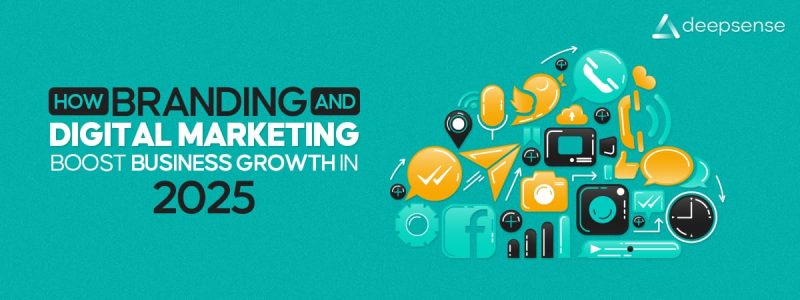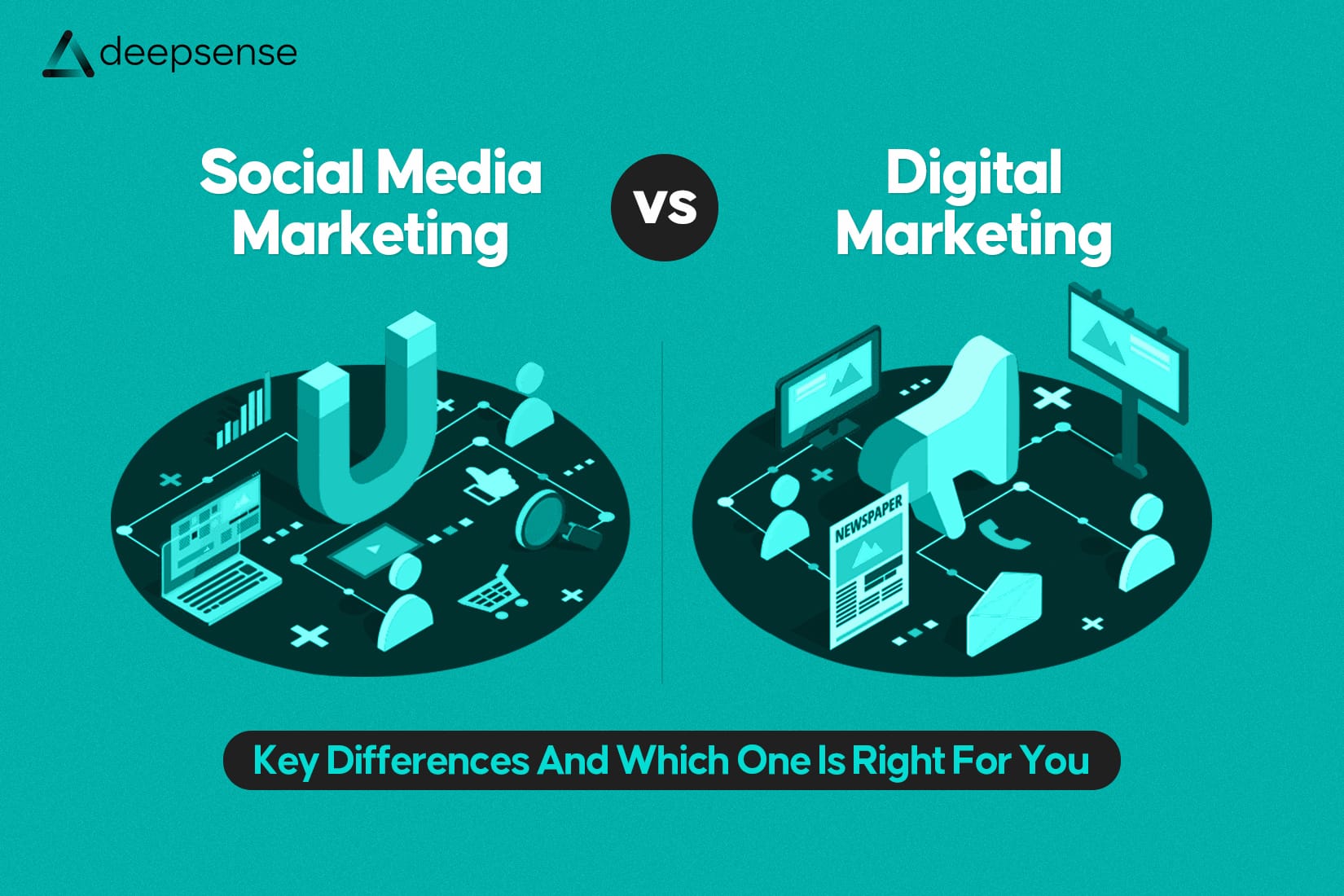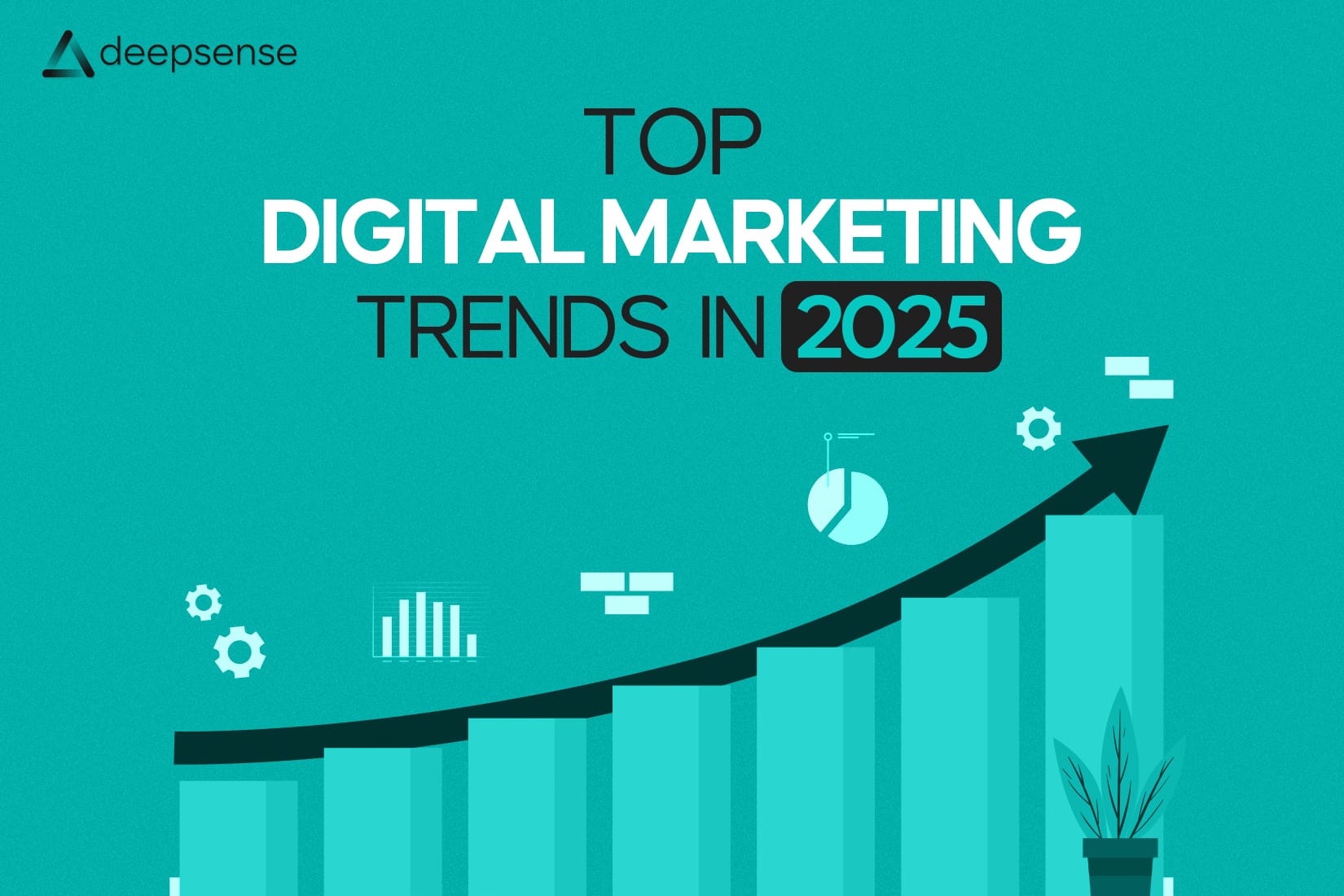Introduction
Today’s marketing world runs on data. Without clear measurement, even the most brilliant campaigns can easily lose direction. That is where marketing KPIs come in. KPIs, or Key Performance Indicators, act as the scorecard for your brands’s efforts. They help you understand what is working, what needs improvement, and where to allocate your budget for maximum return.
The trick, however, is not just tracking random numbers. It is about tracking the right KPIs that align with your brands’s goals. In 2025, when marketing has become even more competitive and customer behavior is shifting rapidly, knowing which KPIs to monitor can be the difference between thriving and barely surviving.
In this detailed guide, we will break down the essential marketing KPIs every brand should track, backed by real-world tips, industry search insights, interesting facts, and practical advice from a technical standpoint.
Why Marketing KPIs Are Non-Negotiable
Marketing KPIs bridge the gap between strategy and execution. They turn abstract goals like “increase brand awareness” or “boost sales” into measurable, actionable results. According to HubSpot’s State of Marketing report, businesses that consistently track KPIs are 1.5 times more likely to achieve positive ROI compared to those that do not.
Beyond measuring success, KPIs help brands optimize campigns in real-time, justify marketing spends to stakeholders, and align sales and marketing teams toward common business objectives.
Now, let’s dive into the KPIs you absolutely must track.
1. Customer Acquisition Cost (CAC)
Customer Acquisition Cost tells you how much it costs to acquire a new customer. This metric includes everything you spend on marketing and sales divided by the number of customers acquired during that time frame.
A high CAC may indicate inefficiencies in your marketing funnel. A low CAC compared to your Customer Lifetime Value (CLV) means your brand is scaling sustainably.
Formula:
CAC = Total Marketing and Sales Expenses / Number of New Customers Acquired
Pro Tip:
Monitor CAC by individual channels like paid ads, social media, email campaigns, and SEO separately. This shows you which channels are giving the best return.
2. Customer Lifetime Value (CLV)
CLV predicts the total revenue you can expect from a customer over the entire relationship. It helps brands decide how much they should be willing to spend to acquire a customer.
According to research from Bain & Company, increasing customer retention rates by just 5% can increase profits by 25% to 95%, which makes CLV one of the most important KPIs for long-term growth.
Formula:
CLV = (Average Purchase Value) x (Number of Purchases per Year) x (Average Customer Lifespan in Years)
Tip:
Use segmented CLV analysis. High-value customers often behave very differently from low-value ones, and treating them all the same can harm your profitability.
3. Conversion Rate
Whether you are measuring sales, form submissions, app downloads, or any other action, the conversion rate reveals the percentage of users who completed a desired action out of the total who were exposed to it.
For example, if your landing page receives 5,000 visitors and 250 make a purchase, your conversion rate is 5%.
Formula:
Conversion Rate = (Number of Conversions / Total Number of Visitors) × 100
Fact:
A study by WordStream shows that the average landing page conversion rate across industries is about 2.35%. However, the top 25% of performers achieve 5.31% or higher.
Pro Tip:
Always A/B test landing pages, ad creatives, and CTAs. Minor tweaks often create major jumps in conversion rates.
4. Website Traffic and Sources
Tracking website traffic is about more than just vanity numbers. Analyzing your traffic sources tells you where your visitors are coming from and which marketing channels are the most effective.
Main traffic sources to monitor include:
- Organic Search (SEO)
- Paid Search (Google Ads)
- Direct Traffic
- Social Media Traffic
- Referral Traffic (Backlinks and partnerships)
- Email Marketing
Interesting Insight:
According to BrightEdge, organic search drives 53.3% of all website traffic, making SEO a critical investment for any brand.
Tip:
Set up Google Analytics 4 correctly and build custom dashboards to view channel performance in real time.
5. Return on Investment (ROI)
Ultimately, every marketing initiative must justify itself in terms of profitability. ROI measures the return generated for every dollar spent on marketing.
Formula:
Marketing ROI = (Revenue from Campaign – Cost of Campaign) / Cost of Campaign × 100
Stat:
MarketingSherpa’s data indicates that the average marketing ROI is around 5:1, meaning for every $1 spent, brands get $5 back. The best campaigns can deliver 10:1 or higher.
Pro Tip:
Attribute ROI by channel and campaign type to identify top performers and eliminate underperformers quickly.
6. Social Media Engagement
Today, social media is not just for brand awareness but also for building communities and driving conversions. Engagement rate, more than follower count, shows how your audience interacts with your content.
Metrics include:
- Likes
- Comments
- Shares
- Saves
- Click-throughs
Formula:
Engagement Rate = (Total Engagements / Total Followers) × 100
Fact:
Higher engagement on Instagram posts can increase organic reach by up to 40%, according to Hootsuite research.
Tip:
Focus on meaningful engagement. A smaller but highly engaged audience often drives more revenue than a large but passive following.
7. Email Marketing Metrics
Despite the rise of newer channels, email marketing remains a powerhouse with an average ROI of $42 for every $1 spent, according to Litmus.
Important KPIs to track include:
- Open Rate
- Click-Through Rate (CTR)
- Unsubscribe Rate
- Bounce Rate
Interesting Insight:
Personalized emails deliver six times higher transaction rates compared to generic ones.
Pro Tip:
Segment your email lists based on customer behavior and past purchases to deliver hyper-relevant messages.
8. Search Engine Rankings
For brands investing in SEO, tracking keyword rankings is critical. Ranking on the first page of Google is essential because 75% of users never scroll past the first page, as revealed by HubSpot.
But do not track rankings blindly. Focus on keywords that:
- Drive relevant traffic
- Match user intent
- Have good commercial value
Tip:
Use tools like SEMrush, Ahrefs, or Moz for precise rank tracking. Also, track featured snippets and local SEO listings if applicable.
9. Customer Retention Rate
It costs five times more to attract a new customer than to retain an existing one. Retention rate measures how many customers stick with your brand over time.
Formula:
Customer Retention Rate = [(Number of Customers at End of Period – New Customers Acquired) / Number of Customers at Start of Period] × 100
Pro Tip:
Launch loyalty programs, send re-engagement emails, and provide excellent customer service to improve retention.
10. Brand Awareness Metrics
Finally, brand awareness is harder to measure directly but is crucial for long-term growth. Metrics to track include:
- Branded search volume on Google
- Social media mentions
- Direct website traffic
- Share of voice compared to competitors
Interesting Fact:
According to Nielsen, 59% of consumers prefer to buy new products from brands they are already familiar with.
Tip:
Invest consistently in content marketing, influencer partnerships, and PR efforts to grow brand awareness over time.
Final Thoughts
Tracking marketing KPIs is not about overwhelming yourself with data. It is about focusing on the metrics that truly impact your business goals. In a digital era where marketing budgets are scrutinized more than ever, demonstrating measurable success is essential for every brand.
Start by setting clear objectives. Align your KPIs with these goals. Use reliable tools to gather and interpret data. Most importantly, take action based on the insights you uncover.
Brands that master KPI tracking will not only survive the competition in 2025 but also set new standards for what marketing excellence looks like.
As the famous business maxim goes, “What gets measured gets managed.” And in marketing, what gets managed wins.
FAQs
1. What are KPI for brand marketing?
KPIs (Key Performance Indicators) for brand marketing measure how effectively a brand builds awareness, engagement, loyalty, and perception. Common KPIs include brand awareness lift, customer sentiment, share of voice, engagement rates, brand recall, and website traffic generated through brand campaigns
2. What are the 6 essential KPIs for your influencer marketing campaign?
The six essential KPIs for influencer marketing are:
- Reach – How many people saw the content.
- Engagement rate – Likes, comments, shares relative to followers.
- Conversions – Sign-ups, purchases, or downloads driven by the influencer.
- Traffic – Website visits from influencer posts.
- Brand mentions – How often your brand is tagged or discussed.
- Return on Investment (ROI) – Revenue generated compared to campaign costs.
3. What are the 4 Ps of KPI?
The 4 Ps of KPI typically refer to Predictive, Performance, Process, and Project KPIs.
- Predictive: Forecast future trends.
- Performance: Measure current business health.
- Process: Track efficiency of internal operations.
- Project: Evaluate specific project outcomes against goals.
4. What is the best KPI for marketing?
The best KPI depends on campaign goals, but Return on Investment (ROI) is widely regarded as one of the most important. It directly measures the revenue generated from marketing efforts relative to the cost, offering a clear view of effectiveness and efficiency.
5. What are the four main KPIs?
The four main KPIs most businesses track are:
- Revenue growth
- Customer acquisition cost (CAC)
- Customer lifetime value (CLTV)
- Conversion rate
These metrics together provide a strong overview of marketing and sales performance.
6. What is KPIs for brand awareness?
KPIs for brand awareness include metrics like reach, impressions, brand recall surveys, direct traffic, social media mentions, and share of voice. These indicators show how well your brand is known, recognized, and discussed among your target audience.
7. How do you set KPI for a marketing campaign?
To set KPIs for a marketing campaign, first define your campaign objectives (e.g., awareness, leads, conversions). Choose specific, measurable KPIs aligned with these goals. Ensure they are realistic, time-bound, and actionable. Continuously monitor progress and be ready to adjust strategies based on KPI performance.











